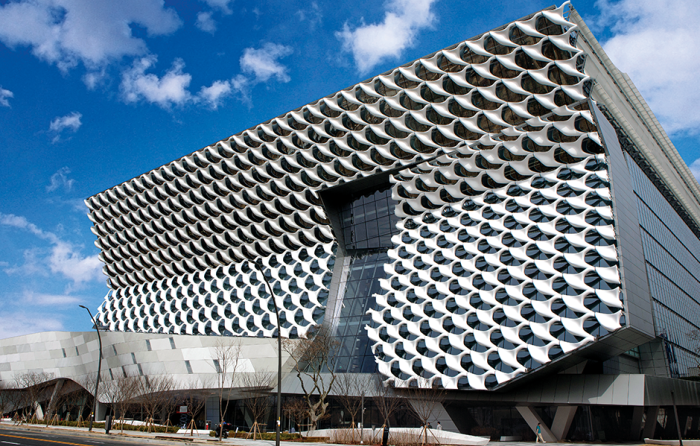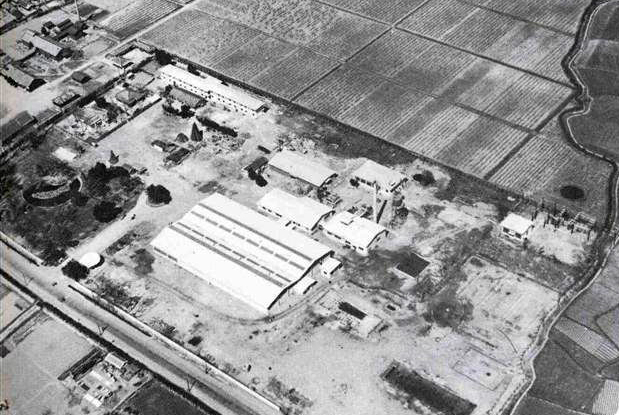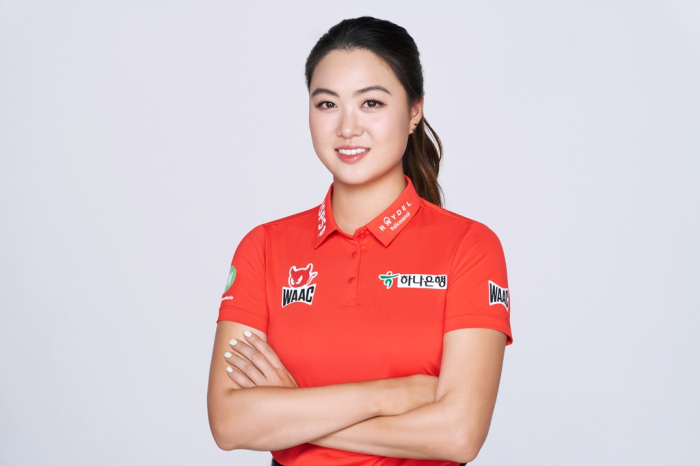Fiber and textile
Kolon Industries to lead Kolon Group's remarkable comeback in 2021
Kolon Industries is the key unit to challenge the group's longtime rival Hyosung in multiple future-growth segments
By Jun 18, 2021 (Gmt+09:00)
4
Min read
Most Read

Kolon Group is making a remarkable comeback this year to challenge its longtime rival Hyosung Group in future-growth segments including hydrogen.
According to industry sources on June 18, the groupŌĆÖs industrial materials maker Kolon Industries Inc. is projected to report an operating profit of more than 90 billion won ($79.7 million) in the second quarter, about 2.5 times the 36.8 billion won ($32.6 million) posted in last year's second quarter.
ŌĆ£Kolon Industries will likely post an operating profit of 91.7 billion won ($81.2 million), much higher than the analyst consensus of 84.3 billion won ($74.6 million),ŌĆØ said Shinhan Investment Corp.
Kolon Group in 1957 started its first enterprise Korea Nylon (Kolon) Inc., which has now become Kolon Industries and Kolon Materials.
The group heralded the creation of the nylon industry in South Korea by building the countryŌĆÖs first nylon yarn plant in Daegu city in 1958.

Despite its longstanding leadership in the textile industry, Kolon received relatively little attention from the analysts and investors last year due to its rival Hyosung GroupŌĆÖs spectacular performance.
Hyosung Group is enjoying unprecedented growth in its market capitalization this year, spearheaded by the Hyosung TNC Corp.ŌĆÖs strong performance in the spandex sector. Spandex is a textile used for a wide range of garments such as yoga pants.
Hyosung TNC is the leading player in the global textile industry, having the top market share in both the spandex and tire cord segments.
On the other hand, KolonŌĆÖs textile unit -- and Hyosung TNCŌĆÖs main competitor -- Kolon Materials had pulled out from the nylon and polyester yarn-making business in 2019 when the aggregate loss in the segment was reported to be more than 90 billion won ($80 million).
GROUPŌĆÖS REVIVAL IN 2021 SPEARHEADED BY KOLON INDUSTRIES
Kolon Industries, a maker of bioplastics and CPI┬« film for foldable devices, is heading the groupŌĆÖs revival this year. Its industrial materials segment, which includes various chemical products from tire cords to aramid fibers, is marking particularly strong growth.┬Ā
ŌĆ£We are having a much higher volume of tire cord orders recently, mainly because more people have begun moving across the country following the rollout of COVID vaccines,ŌĆØ said a company representative. ┬Ā
Kolon industries also recently received management consulting from the Boston Consulting Group (BCG) to examine current business operations prior to making new large-scale investments.
The first action plan devised after BCGŌĆÖs consulting project is to ramp up its tire cord production capacity in Vietnam. Tire cords make up the cap ply and carcass parts of a tire.
Kolon Industries in 2018 built a tire cord manufacturing plant in Vietnam with an annual capacity of 16,800 tons. The company will add 19,200 tons of production capacity in 2022, making it the second-largest tire cord maker in the world, with a total global capacity of 103,200 tons annually. ┬Ā┬Ā┬Ā
Analysts say that Kolon Industries will also increase the production volume of aramid fibers, which are heat-resistant synthetic fibers used in aerospace and military applications. The companyŌĆÖs current annual capacity is 7,500 tons, currently the third-largest in the world, which the analysts project to be increased to 15,000 tons.
ŌĆ£While we are having internal discussions on ramping up the production capacity for aramid fibers, nothing has been decided yet,ŌĆØ said a Kolon Industries representative.
Kolon IndustriesŌĆÖ fashion and culture (FnC) division is also making a rebound, thanks largely to the rising demand for its golf wear. Golf has lately become a popular sport among those in their 20s and 30s in Korea.

The companyŌĆÖs fashion business in the first quarter saw a 17% growth in revenue compared to the same period last year. The growth figure for the second quarter is also expected to surpass 10%.
Kolon Group has also made inroads into the hydrogen sector.
In an interview with Korea Economic Daily last month, Kolon Industries CEO Jang Hee-goo said: ŌĆ£We will kick off a groupwide hydrogen initiative that will incorporate hydrogen production, logistics as well as storage.ŌĆØ
Kolon Industries currently supplies its advanced moisture control units to Hyundai Motor Co.ŌĆÖs hydrogen vehicles.
ŌĆ£We will create new values by adding new business areas to our portfolio. We will show our growth to our employees, shareholders and customers,ŌĆØ added Jang.
Write to Jae-kwang Ahn at ahnjk@hankyung.com
Daniel Cho edited this article.
More to Read
-
 Foldable devicesKolon to supply CPI film for XiaomiŌĆÖs foldable phone
Foldable devicesKolon to supply CPI film for XiaomiŌĆÖs foldable phoneMay 03, 2021 (Gmt+09:00)
2 Min read -
 BiodegradablesSK, Kolon tie up on biodegradable plastic production
BiodegradablesSK, Kolon tie up on biodegradable plastic productionApr 07, 2021 (Gmt+09:00)
2 Min read -
 Foldable devicesKolon to supply display film for world's first foldable PC
Foldable devicesKolon to supply display film for world's first foldable PCApr 05, 2021 (Gmt+09:00)
2 Min read -
 Hydrogen economyKolon Industries to mass produce key material for fuel cells
Hydrogen economyKolon Industries to mass produce key material for fuel cellsNov 19, 2020 (Gmt+09:00)
2 Min read
Comment 0
LOG IN




